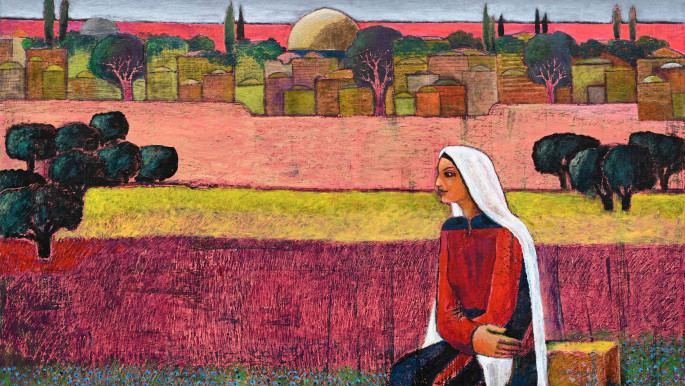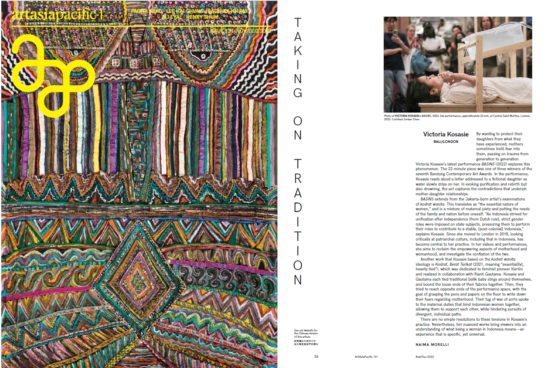
“I see the beauty in many places, many times, and I have always wanted to interrupt conversations to point out what I see,” says Palestinian artist Samia Halaby. “I learned not to do so, and share beauty through painting.”
Today in her eighties, Samia Halaby is a pioneer of abstract painting and a central figure in Palestinian art, with an artistic career that started in the late 1950s and was also accompanied by a strong commitment to the liberation of her country.
I have interviewed the artist for The New Arab.
Here is the link to the interview
Read More




![A new show in Tripoli looks at 70 years of Libya’s consumer culture. [Photo By Najlaa Elageli]](https://i0.wp.com/www.middleeastmonitor.com/wp-content/uploads/2023/03/A-new-show-in-Tripoli-looks-at-70-years-of-Libyas-consumer-culture.jpg?resize=1200%2C800&quality=85&strip=all&zoom=1&ssl=1)








